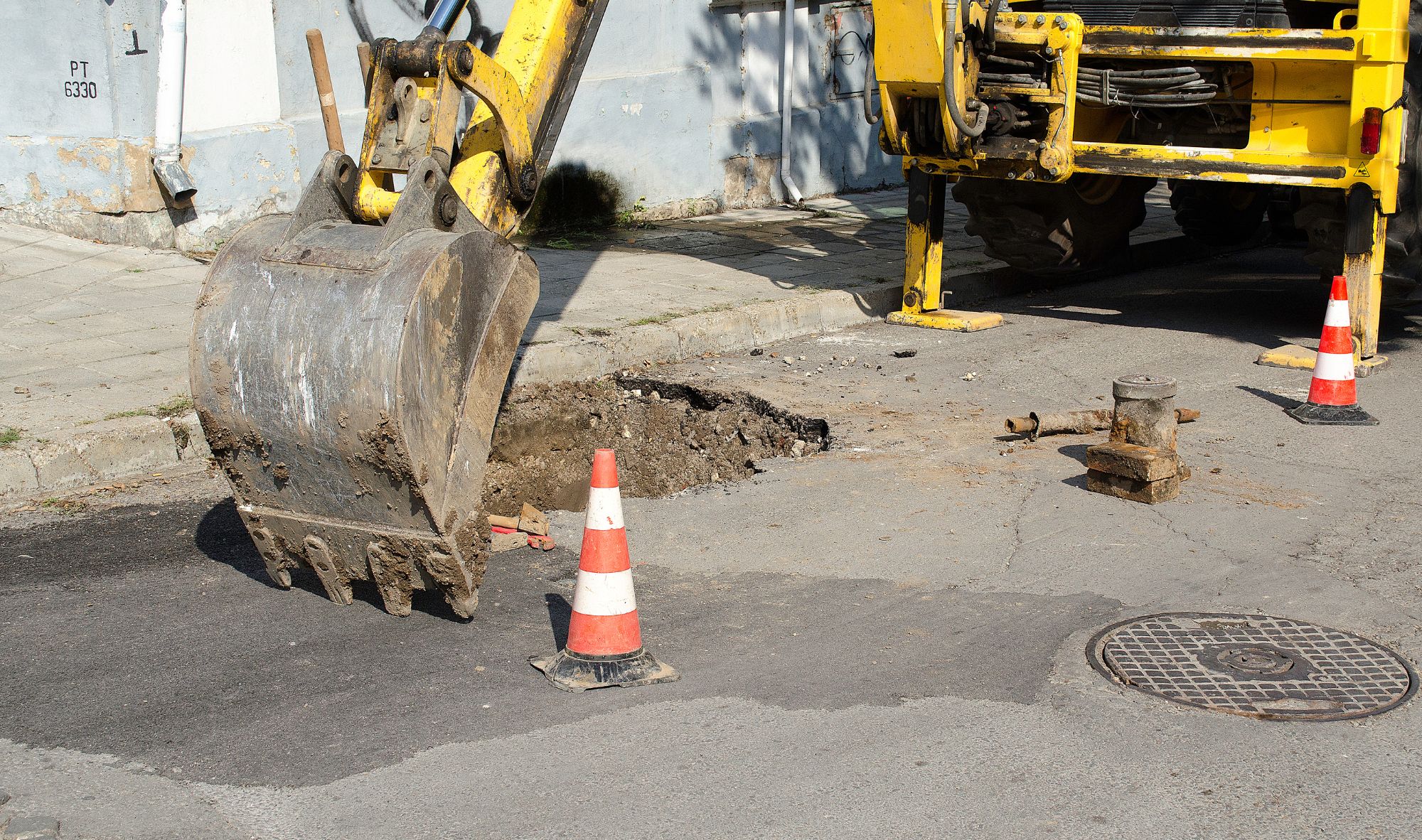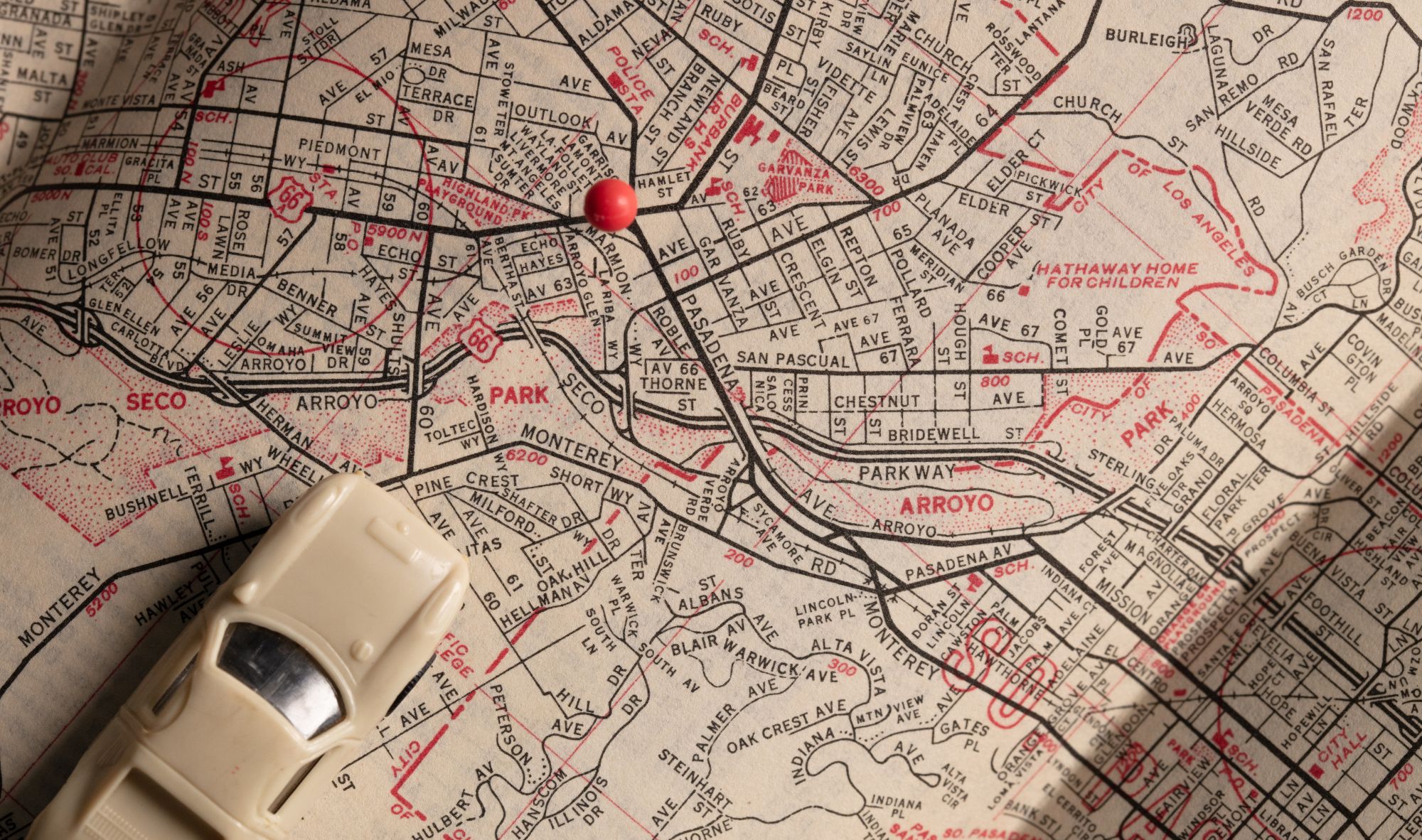An increasing number of local governments recognize the need to improve their asset management practices. Agencies are implementing systems and software as they adopt an all-encompassing approach that considers asset life-cycles and full cost accountability. These new efforts are being used across local governments for infrastructure planning, renewal, investment, and development. The scope of this work is tremendous, given the quantity and various types of both durable and expendable assets the average agency has in inventory. A well-organized asset management program usually considers the key principles listed below as they implement a new program or work to improve existing efforts.
- Make informed, cost-effective decisions around asset data
- Extend the serviceable life of assets, thereby reducing capital expenditures
- Integrate work activities, GIS content, and budgetary constraints
- Establish accountability for maintaining asset categories
- Program maintenance and replacement
- Awareness of asset life-cycle and the related total costs of use
- Minimize risk to citizens and staff by reducing capital failures
- Use data to establish and update best practices
The MyGov Asset Management module makes the work of managing and monitoring infrastructure, equipment, and materials easy. Below are a few of the features to help:
- Asset records can be created from existing spreadsheets of GIS content
- Infrastructure assets are auto-linked to GIS features for each lookup
- Information fields on asset records maintain specific details
- File upload fields store supporting documents
- Automate scheduled maintenance work orders based on utilization
- Store vendor data and purchase price of each asset
- Order, receive, and monitor inventory levels
- Create barcodes for each asset to be scanned with mobile devices
- Link work orders for scheduled and unscheduled maintenance
- Filter and find assets based upon type, condition, status, and managers
An integrated software portfolio for asset management should:
- Automate systems for asset and GIS connection
- Record and centralize data collection
- Control processes for maintenance and inventory management
- Connect agency colleagues and expose all asset details to the agency
- Enforce regulations by performing scheduled and unscheduled maintenance
- Create and distribute reports to inform strategic decision making
If you feel overwhelmed by your current situation, don’t wait to implement a solution that can simplify your work. Our MyGov team is standing by, ready to help your agency. Schedule a consultation with our MyGov Sales team, and they will walk through your current situation and develop a plan to manage your unique situation.




